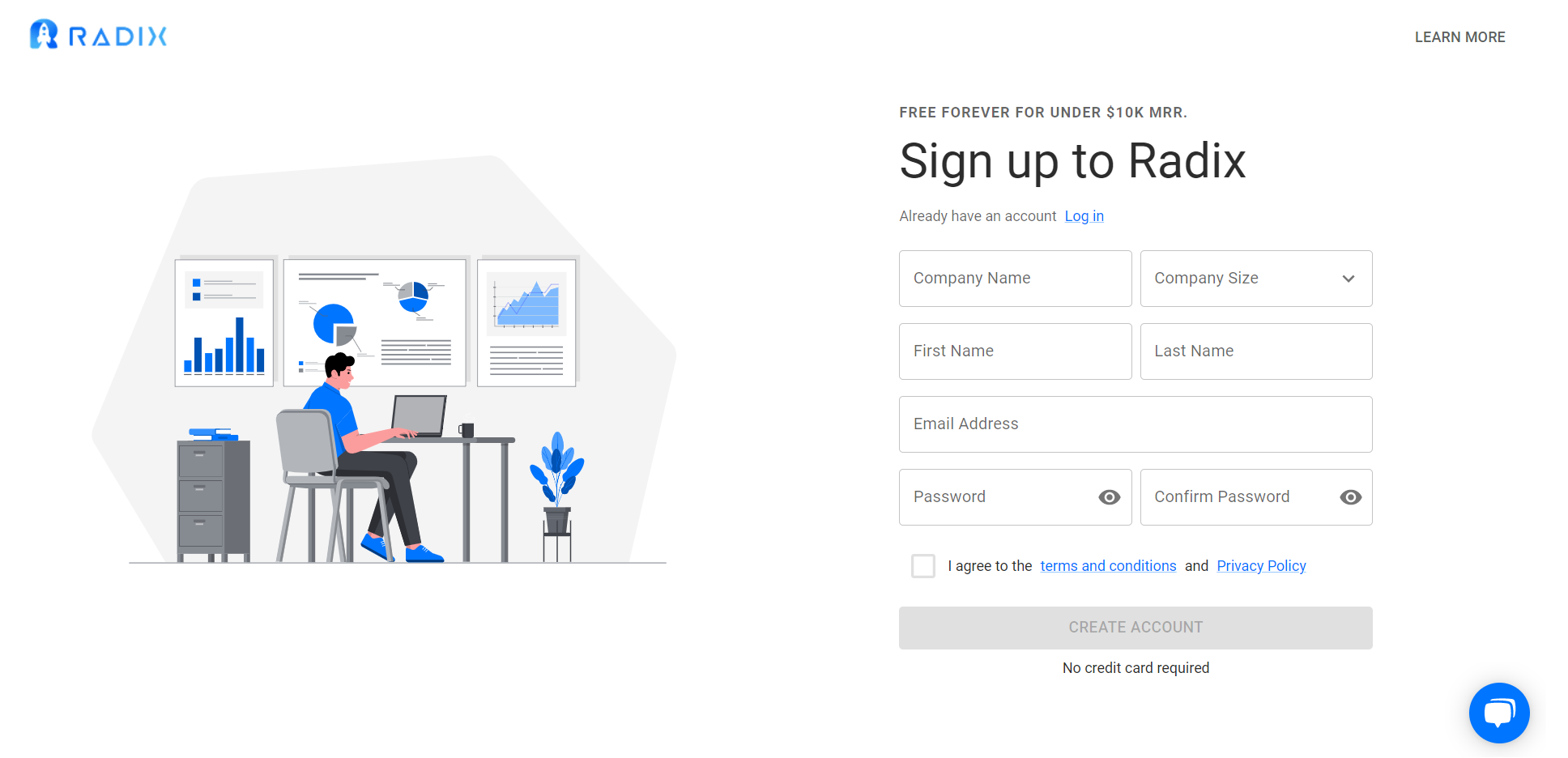CLV (Customer lifetime value) is a metric that measures the revenue generated by a customer over their lifetime. It’s one of the most important metrics for SaaS companies because it shows how much money you make from each individual user as well as how much money your business can expect to make in total. However, CLV is not an easy thing to calculate and can be tricky if you don’t have all the right data or know what questions to ask. In this article we’ll cover everything you need to know about calculating SaaS CLV so that you can improve your ROI by making better decisions about who should be paying for your product or service and when they should pay up!
The Popularity of the Subscription Business Model
The subscription business model is one of the most popular ways to run a SaaS company. It’s growing at a faster rate than other models and it has several benefits that make it an ideal fit for SaaS companies:
- Subscription businesses are more profitable than per-sale businesses. This is because they don’t need to make as much money when they first launch, so there’s less risk for them. Plus, if you’re successful with your initial launch and have enough customers who continue to pay you regularly over time, then eventually your profits will start increasing each month (as long as you keep up with adding new features).
- You can collect payment from multiple sources—including credit cards—which means that both consumers and merchants will be comfortable paying monthly fees instead of having their bills come due every month like they would if they were just buying products directly from Amazon or eBay etcetera…
What Is CLV?
Your customer lifetime value (CLV) is the total amount of revenue you will generate over the course of their lifetime. The CLV calculation includes all of a user’s interactions with your product, including renewals and referrals, as well as new users who have never been converted into customers.
The formula below shows how to calculate CLV:
CLV = Lifetime Revenue / Average Acquisition Cost
It takes into account their average revenue per user (ARPU), how many times they will use your product or service, and how much each user costs to acquire.
The average acquisition cost is calculated by dividing your total ad spend by the number of users you acquired during that period. For example, if you spent $10,000 on ads and acquired 100 users at a cost of $100 each, then your average acquisition cost would be $100 per user.
Remeber: The lifetime revenue is the total amount of money your users have spent with you, including both the initial payment and any future purchases. This can be calculated by adding up all of their transactions in a given period and dividing that number by the number of users who made those purchases.
Tips you should consider when lookint at your CLV?
If you’re not sure how to calculate CLV, here are some tips:
- CAC = Cost of acquisition (A/B testing) / CLV. The cost of acquisition is the price you pay for a customer or lead. This includes your marketing spend and other costs such as customer onboarding fees or credit card processing fees.
- CLV = Lifetime Value.You calculate the CLV by multiplying one-time revenue by monthly recurring revenue (MRR). Many people know it as LTV or LTVR in the finance world, but I prefer just calling it “CLV” because it’s shorter!
LTV has to be greater than CAC. (It seems that for a viable SaaS or other types of recurring revenue model, LTV should be approximately 3 x CAC. The majority of publicly-traded companies like Netflix have multiples that are closer to 5 times CAC.)
In order for your business to thrive, you should aim to recover your CAC in less than a year.
Here are some oth to improve your CLV…
What are some effective strategies for enhancing SaaS CLV?
- Cross-sell and upsell are two of the most effective ways to enhance your SaaS CLV. Upselling is when you ask customers if they would like to buy additional products or services at a discount, while cross-selling is where you try to persuade them that your product can solve their problems. These two strategies will help increase retention rates by making it more likely that users will stay on your platform longer than they otherwise would have done.
- Referral marketing is another great way for businesses looking at enhancing their CLV. When someone refers someone else who becomes an active customer, this counts as part of LTV because those new users were already referred by someone else before becoming active customers themselves – meaning there’s an existing network effect happening here!
- Excelent customer service is an important part of retention, too. If you have a good support team that can efficiently resolve problems and questions quickly, your customers will be more likely to stay with you. Streamlining the customer experience into one easy-to-use platform is another way to boost retention rates by making it easier for users to get what they want out of your product – even if they’re not sure what that is!
- Embrace feedback and use it to improve your product. Your customers might have suggestions for new features or ways to make their experience with your product better. If you listen to their feedback and address it, they’ll be more likely to stick around!
To ensure success, you need to understand the basics of CLV and implement strategies to increase it.
The key to increasing your CLV is by having a clear understanding of what drives it. There are many different factors that can influence the CLV of your users, so you need to figure out which ones are most important in your industry and then focus on improving them. One way to do this is by conducting a customer survey, where you ask questions about their experience with your product or service.
The main purpose of CLV is to help you understand how much a customer will be worth over time. While it’s not an exact science, knowing the value of your customers can give you a better idea of how much they’ll spend and over what period of time.
Conclusion
As you can see, there are many ways that you can improve the lifetime value of your SaaS business. With a little bit of effort and some planning, you can ensure that users continue to renew their subscriptions and use your product long after they stop paying for it. The key is to figure out which strategies work best for your company as well as how much risk each one carries so that you can select the right one for your situation.
You can calculate this metric and more at Radix . We offer a number of ways to help you measure your company’s CLV and more.






